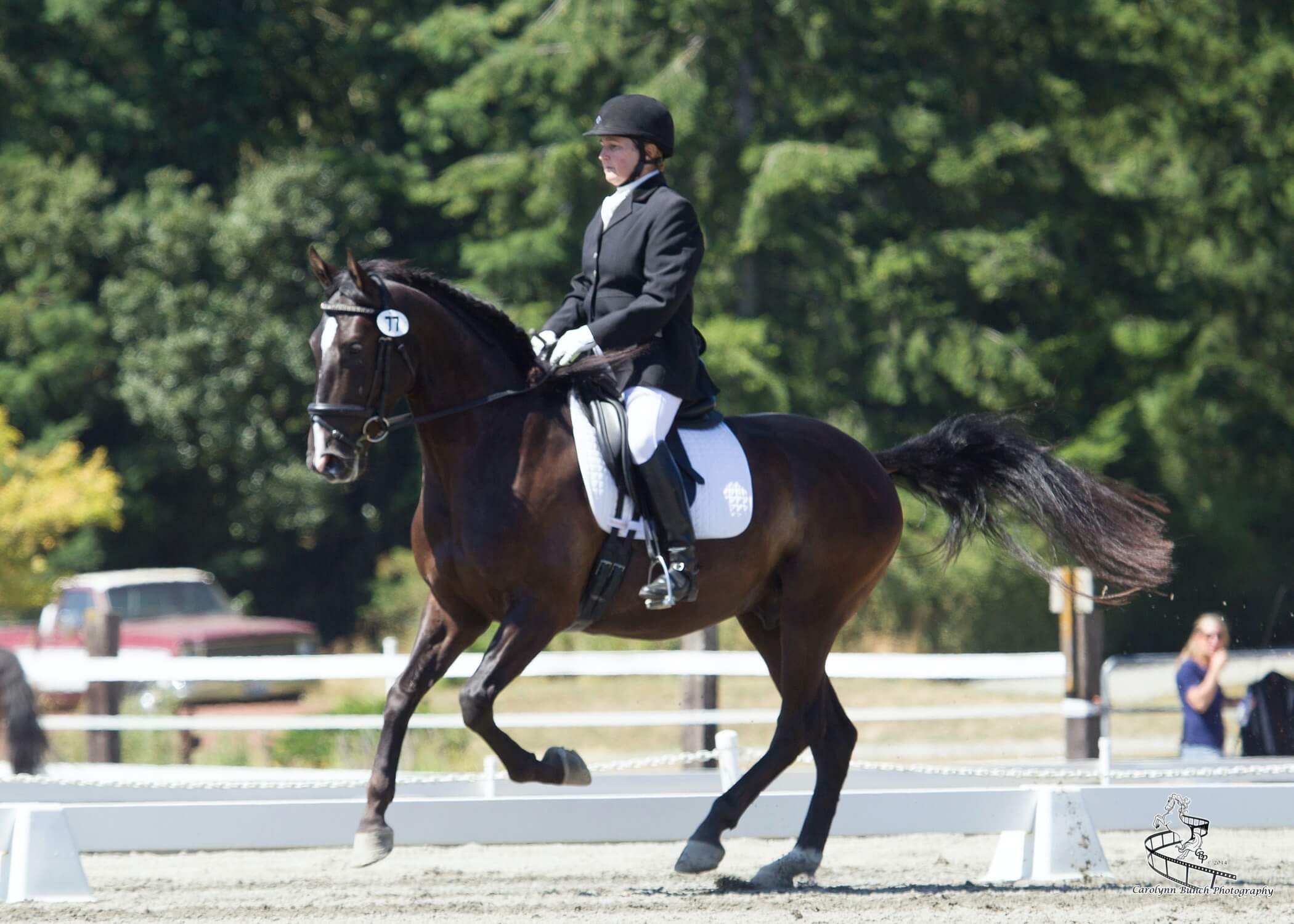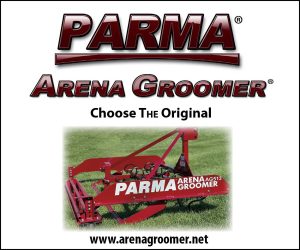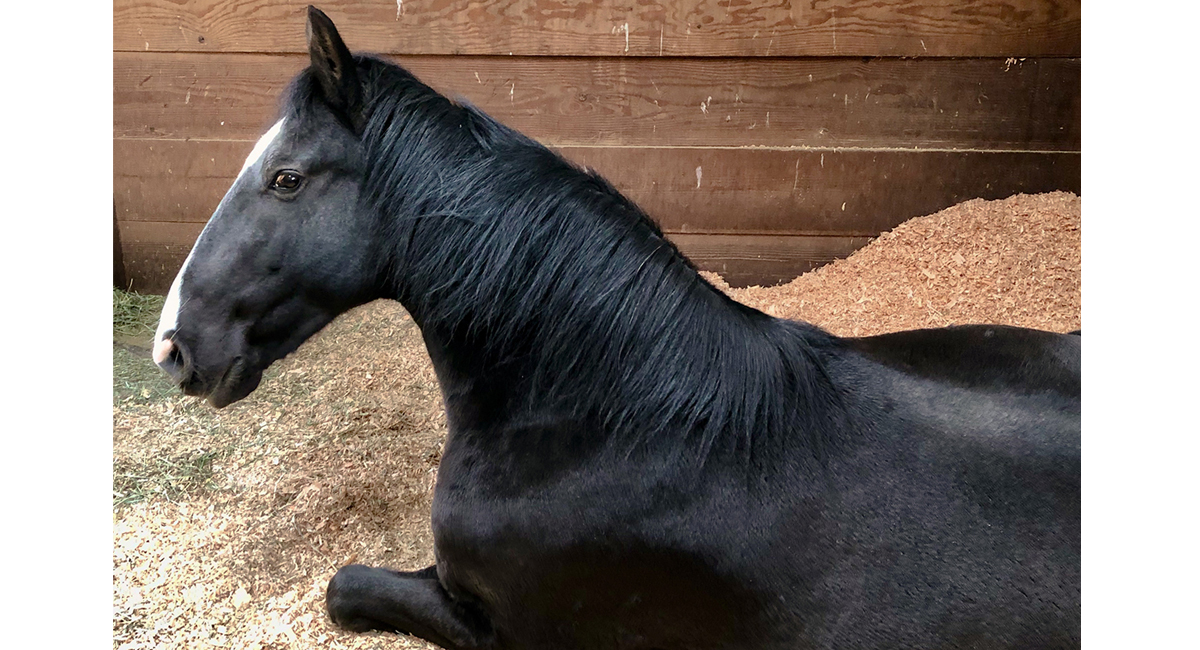Material and Technique Choices Save Time and Money
We’re all interested in finding ways to save money while still providing our horses good care. Purchasing bedding is an essential expense horse owners face and is especially important during the wet, frozen, winter months. Horses need a soft, dry place to lie down. Deep sleep is as essential for them as it is for us, and horses must lie down to receive restorative sleep. Also, having a place to stand where their feet can dry out is essential for hoof health.
Bedding Material Options
The most commonly used materials for bedding in the Northwest are shavings, wood pellets, and straw. I prefer a mix of shavings and wood pellets. For horses who urinate in their stalls, either because they are locked in or because they aren’t smart enough to walk outside, I use wood bedding pellets (softened by water first) underneath a generous pile of shavings. The wood pellets absorb wet better than most shavings and are easier to clean. They are also more economical and break down faster in a manure pile. For messy horses they make good sense.
The downside of pellets is they are very dusty; the longer they’re in a stall the worse they get, so I only use enough to absorb the wet and use shavings over the top as a bed. Pellets also don’t provide as much cushion as larger-flake shavings do.
For horses who are neat, have access to the outside, and do most of their business there, I forgo the bedding pellets and just use shavings. Straw is a good bedding choice for foaling or for horses who get respiratory or skin irritation from wood products.
Bedding Techniques
Horses naturally make manure and urinate in deeper material. When in a field, they poop in the “rough” (or tall grass) and for obvious reasons prefer a soft place to urinate. Shavings provide this for many horses, so we end up with messy stalls to clean and nothing outside, creating a lot of unnecessary work and causing us to use excessive bedding.
For horses in run-in sheds or stalls with attached paddocks who still use their stall as their toilet, I go through a “toilet training” period where I bed their stall lightly and put a pile of shavings just outside the door. It doesn’t take long before most horses walk outside to do their business, leaving their stall cleaner and my workload lighter. I slowly move their “toilet” farther away from their stall and eventually can bed the inside more heavily. This training can take quite a long time and some horses never change their messy ways.
I also like to “bank” shavings up the sides of the stall walls to help prevent horses casting themselves and I believe it encourages horses to lie down and sleep in their stalls as it gives a cozy, warm feel to their home.
I’ve learned over the years that some horses are just more economical to bed and clean than others. We love those good horses who do all their business outside, leaving their stall and bedding pristine for days (or weeks). The piggy ones are a pain, but in the end, things seem to balance out. Like people, horses come in all types. Some people say they learn their toilet behavior from their mothers, and I’ve noticed this trend to be mostly accurate.
See this article in the December 2024 Online Digital Edition:
December 2024

Kim Roe grew up riding on the family ranch and competed in Western rail classes, trail horse, reining, working cow, and hunter/jumper. She trained her first horse for money at 12 years old, starting a pony for a neighbor.
Kim has been a professional dressage instructor in Washington state for over 30 years, training hundreds of horses and students through the levels. In recent years Kim has become involved in Working Equitation and is a small ‘r’ Working Equitation judge with WE United.
Kim is the editor of the Northwest Horse Source Magazine, and also a writer, photographer, and poet. She owns and manages Blue Gate Farm in Deming, Washington where she continues to be passionate about helping horses and riders in many disciplines.






